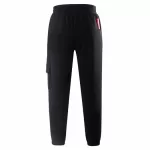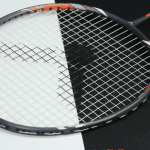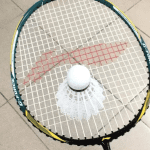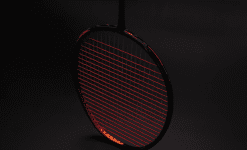
Badminton Racket YONEX ASTROX 99 Reviews
This AX99 was delivered to me on a stormy and thunderous night.
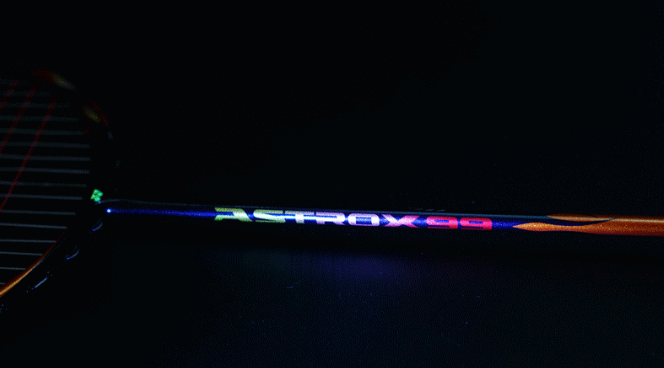
This night, I don’t know whose house had a circuit problem, and the whole building lost power. I lit an emergency candle and unpacked the AX99 in the flickering firelight. Unsurprisingly, the 99 continued the AX’s painting style, only this time the half-moon colour scheme on the frame was replaced with a fiery orange, and even the pattern on the frame was jumping like embers under the dim candlelight.
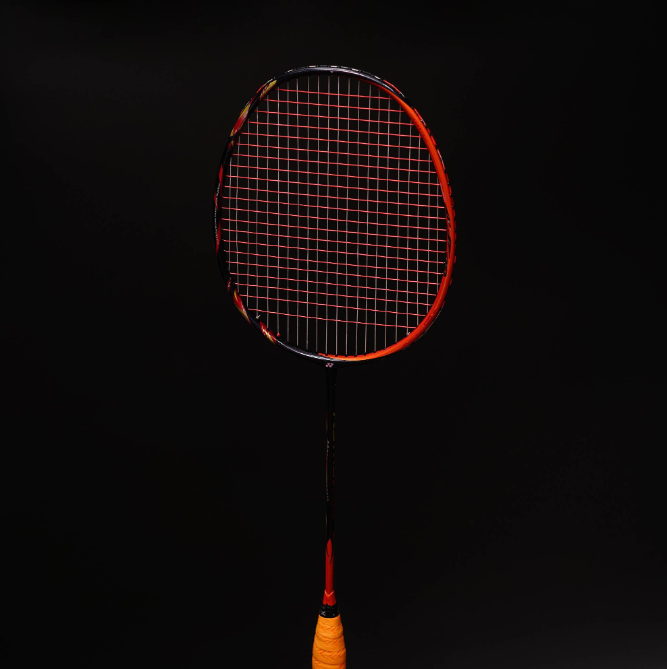
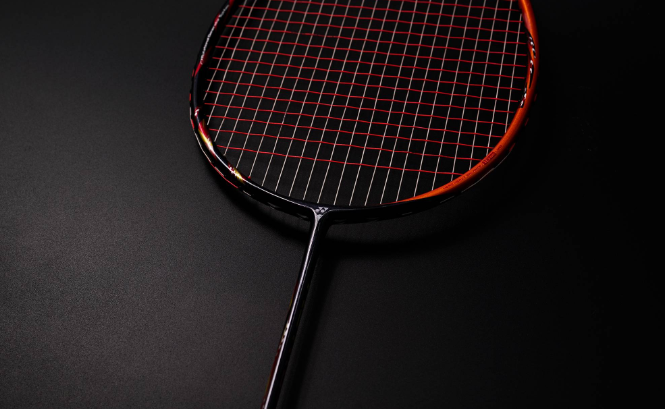
Apart from its fiery orange colour, the AX99 is surprisingly consistent with its brothers, and together they seem to announce to the world that we are all part of the AX family. Except that it is the racquet that accompanied Kento Momota to the World Championships and was given the number ‘9’ by YONEX.
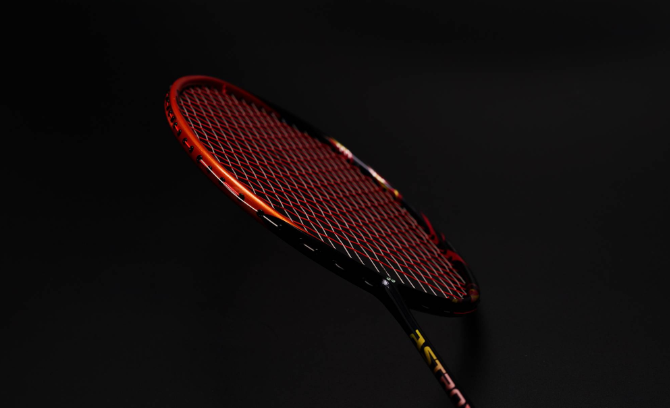
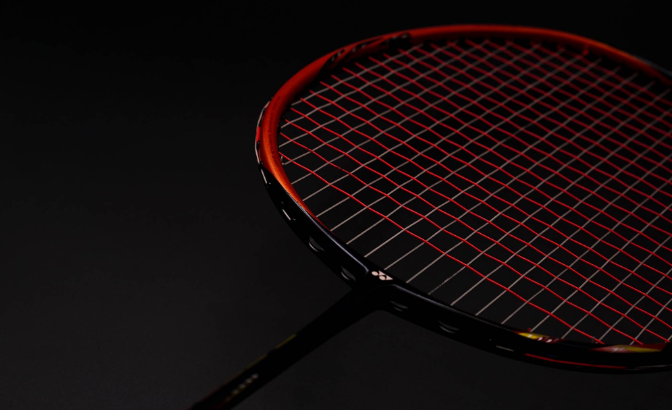
In the past, YY offensive series with 9 rackets were never good, from MP99, AT900P, to the current AX99. YONEX chose to skip the VT90 when everyone was eagerly awaiting it, and directly launched the second-generation VTZF, leaving VT, the recognised king of the offensive series, with a vacant 9-letter throne. This time, YY chose to quickly fill all the numbers of the AX series, and used the top star resources in their hands – Lee Chong Wei and Kento Momota to endorse the AX99. I think the logic behind it may be similar: VTZF has the performance and design that can subvert the playing experience at that time, and launching the even further ZF2 while it’s still hot, can be said to have succeeded in making a name for itself. It can be said that it has successfully made a name for itself – you may not use the VTZF2 to play, but you’ve certainly heard of it and know exactly what it’s known for: ferocious attacking ability and a toughness that may not be manageable by everyone. Now, the AX series, with Namd’s unique performance, is also able to change the way you play today, and YY is therefore decisively and quickly launching racquets that cover all aspects of the game. So after the amazing AX88D, how about the AX99, which uses Namd in all of its racquets?
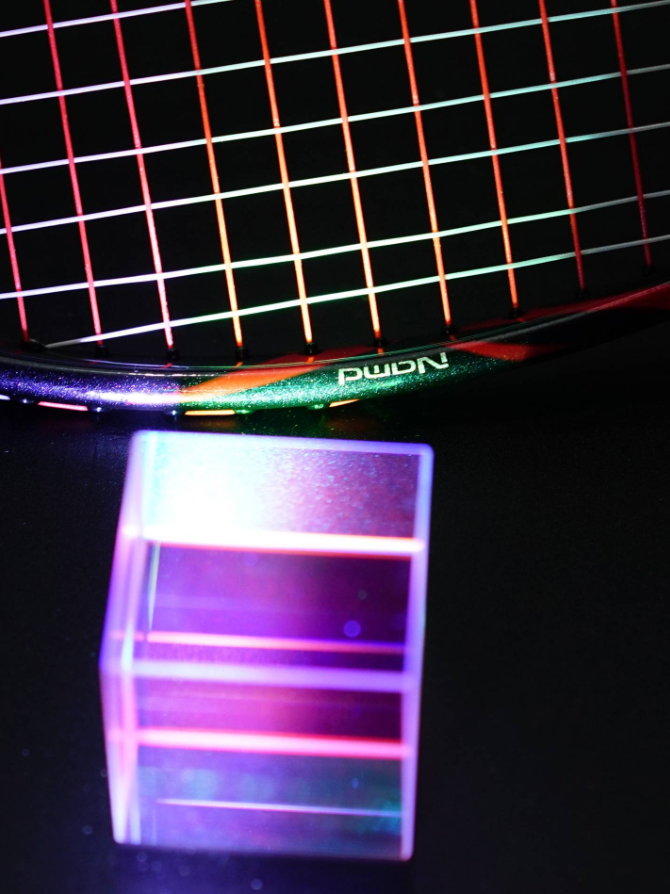
Have you ever thought of a racket that is so mediocre in the hands of the average person that it becomes a weapon in your hands? It’s as if it’s a rusty, heavy iron sword that everyone can try to swing, but only you can really make it shine.
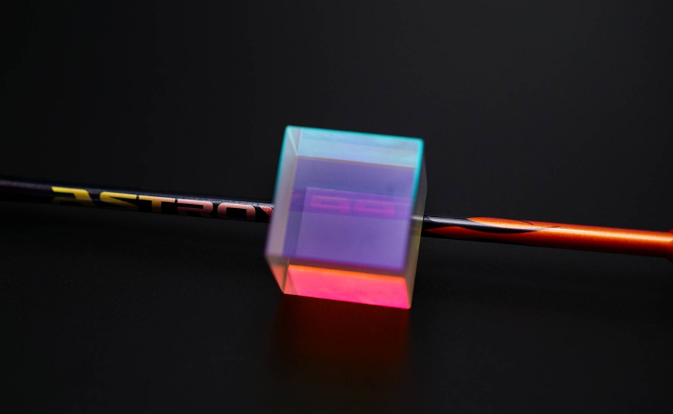
The AX99 is just so strange. It’s not as difficult to get on as you might think, but it does make you wake up to what level of power you really have.
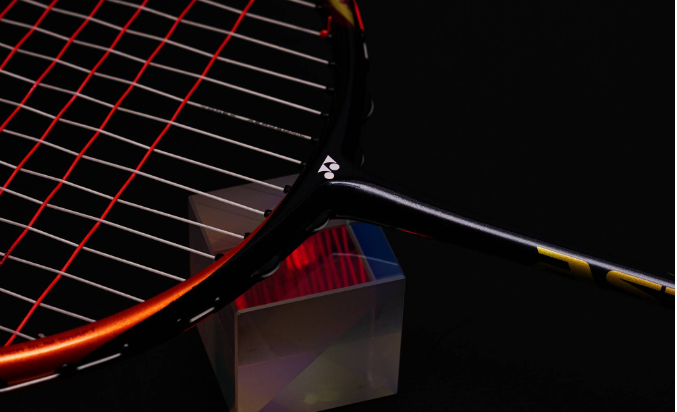
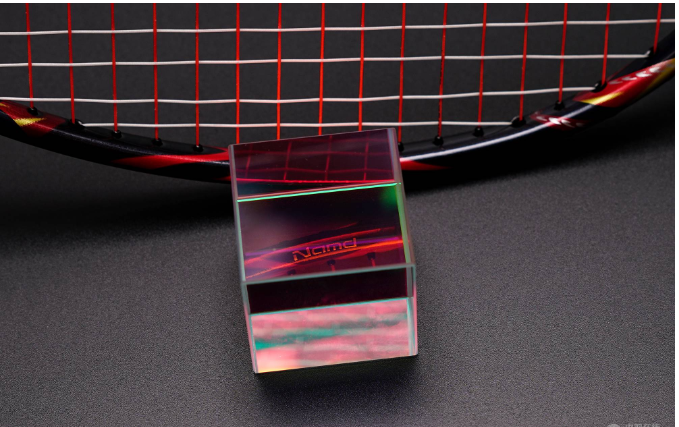
Once upon a time, 3U’s VTZF2 was such a character that anyone who could use it with ease was bound to be overpowered. The average person without sufficient arm and wrist strength, or even the right posture for power generation, would only end up with sore muscles and rapidly depleting stamina. However, once the reputation of ZF2 spread, not only did it not make people stay away from it, on the contrary, more people were proud to use ZF2 in order to become the ‘attacking man’ in the mouth of the people. But even 4U’s ZF2 has a certain threshold, 4U’s AX99, the threshold is much lower, basically you have the basis for starting, playing AX99 is not as difficult as the ZF2. My personal first impression is that the 4U Ax99 is even less difficult to play than the 88D. The feel of the ball is very soft, the vibration is extremely low, and with the 66UM string, there is not much pressure to hit it, so as long as you can properly para-draw the lofted ball, the AX99 will not be difficult for you.
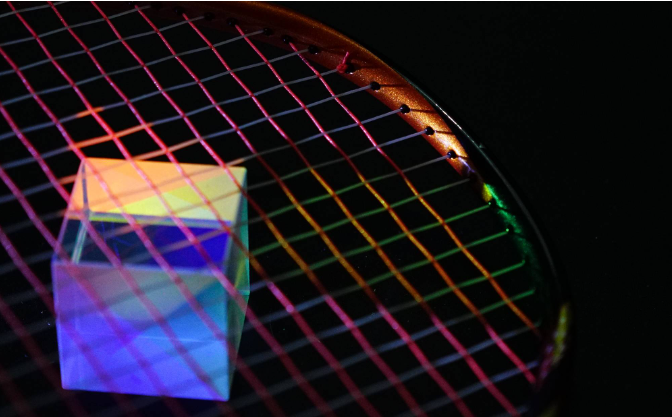
What’s strange about the AX99, however, is that the feel of the ball at low swing speeds/smaller launches is surprisingly very different from that at high swing speeds/higher launches. When you’re just pulling the ball around, the AX99 feels a lot like the ArcSaber 10, with a soft centre tube, a slightly sticky ball, and a thicker feel for ball control. If you hit the ball hard, such as a heavy kill or a high-speed point kill, the AX99’s hardness instantly increases, and it feels like an 88D with a heavier head. At this time, its offensive power increases dramatically, which is very different from the low-speed feel.
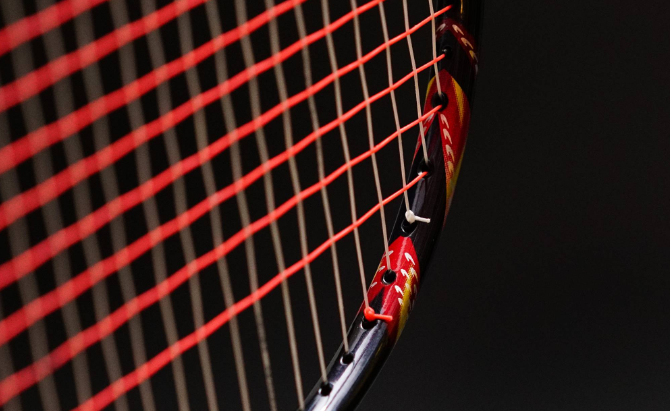
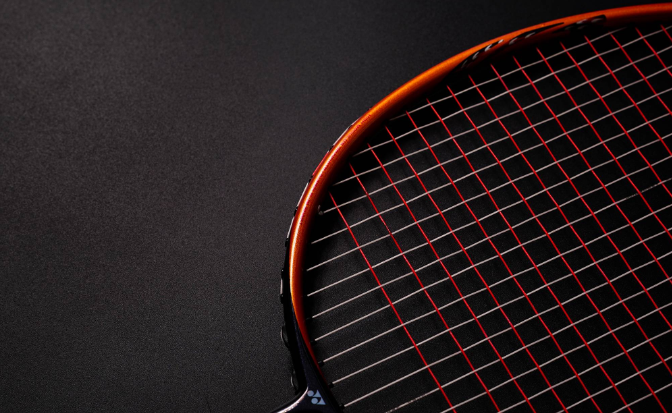
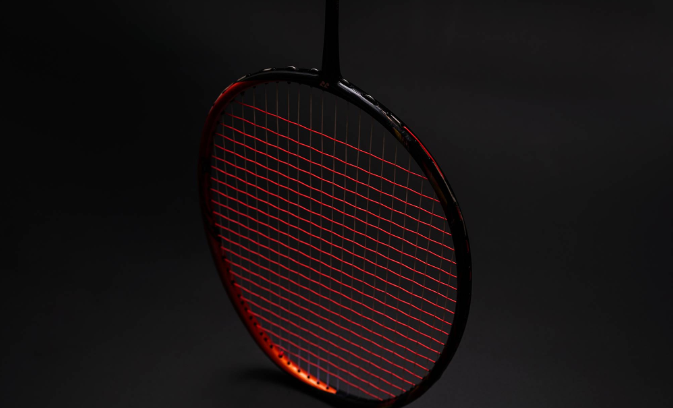
In detail, the AX99 has a softer centre tube than the 88D at rest, while the frame stiffness is higher than that of the 88D. On low-speed shots, such as lobs, the AX99 shows a sticky quality, with a certain wrap-around feel, as if the ball stays on the racket for a longer period of time, which is especially appreciated by some court-control players who rely on this obvious feel feedback to adjust their ball control and direction. On lofted/flat shots, the speed picks up a bit, but the stickiness is still there, and the stiffness of the frame is just starting to emerge. Once you get into the high-speed kills, the AX99’s feel becomes very different, the stickiness subsides, the stiffness with the impact feel starts to come on line, and the heavy kills are not only explosive, but the angles are also sharp, and the pressure of the attack skyrockets. Only to experience this change, there is a considerable demand for power, only to make the AX99’s middle tube fully topographical change, the final hit when the power will be big enough. This is the biggest threshold of the AX99: if you are not a violent man, the AX99 will not let you experience the most extreme offensive thrill. For players with average power, the 88D or even the 88S will provide a better attacking experience, and only a really heavy hitter will be able to feel the strongest firepower of YY so far.
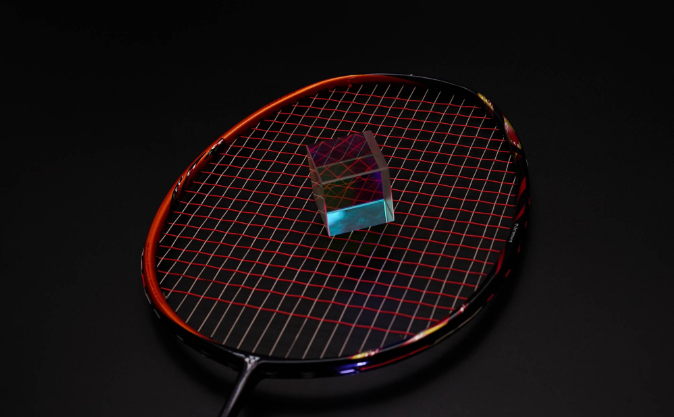
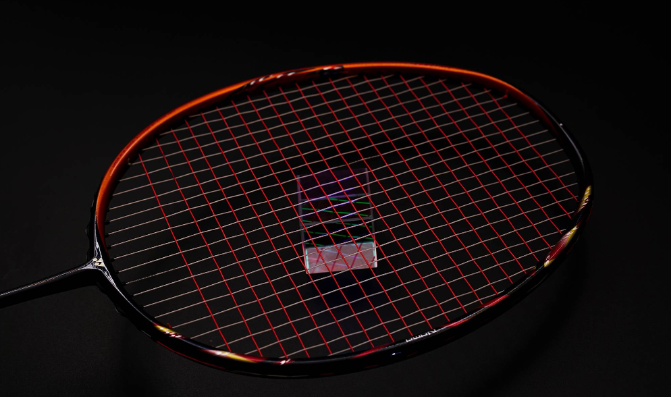
This phenomenon is also reflected in flat draws, and is probably even more pronounced, as flat draws are often in the midst of a speed change where a combination of fast and slow is quite common. Theoretically, slow and high control, fast and high pressure is the perfect performance, but I actually use it, from time to time, I will be confused by this change in feel, the result is that it does not achieve the desired out of the ball, the power will be hesitant, this aspect may require a longer period of time to adapt to use. In terms of defence, the AX99 gives me a more conservative feeling, leaning towards the steady, return feel thick but not harsh, can actually defend the ball, and then look for opportunities for offensive and defensive transitions, very different from the 88S, which is aggressive in both defence and defence.
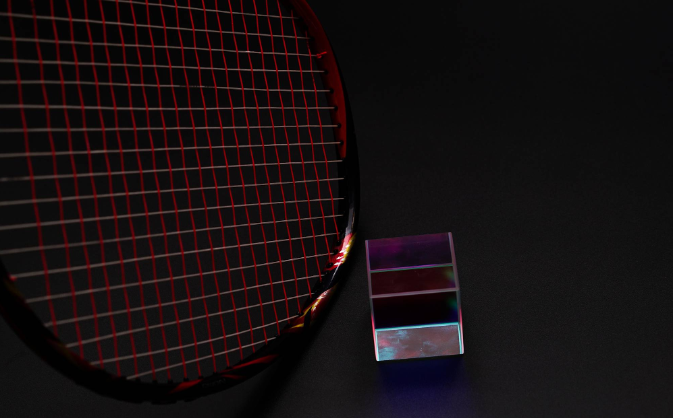
Like other AX racquets, the timing of hitting the ball is subtly different from previous racquets, but the AX99 is a bit more obvious, especially when killing the ball, the optimal hitting window has moved and become smaller, so it is normal to hang up on the net or hit the ball drifting in the initial start-up, it is best to adjust to it by using multi-ball practice*. However, if you don’t have enough power, the AX99’s kill shot will often feel like it can’t be pressed down, and the kill shot floats a lot. If you have this condition, you may change to 88S, 77, or strengthen your own power training will improve.
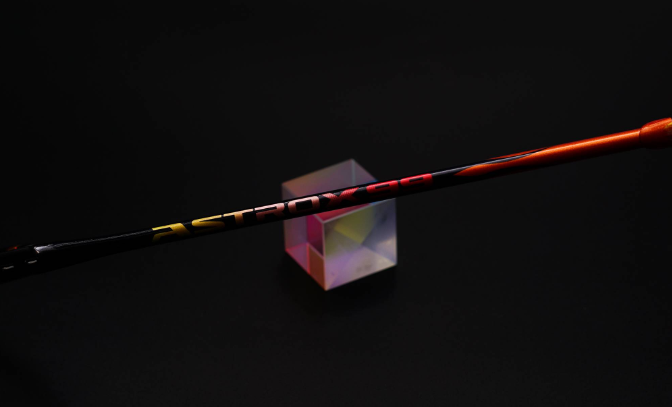
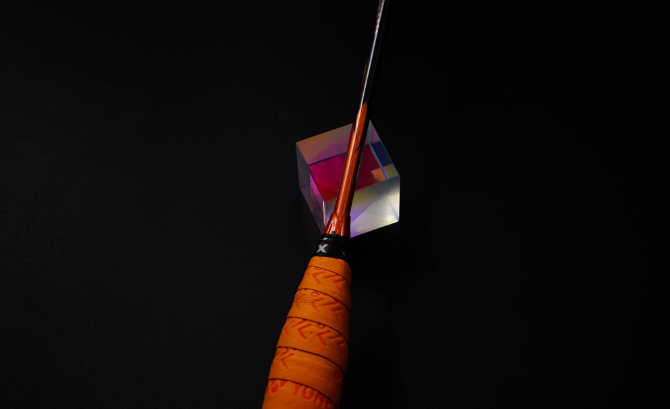
This quirky performance of the AX99 better caters for a segment of heavy hitters, especially singles enthusiasts.The ArcSaber 10/11’s status as a sales evergreen for YA suggests that there are a large number of amateur golfers who love the qualities of a sticky ball to control their feel. At the same time the hard, stiff attack is hard to resist. If you have good power and love to kill the ball, whether you’re a machine-gun maniac who kills all over the court until you score, or a calm sniper who seeks to set the tone with a single shot in control, you’ll get the power you want in a top-notch AX99.


